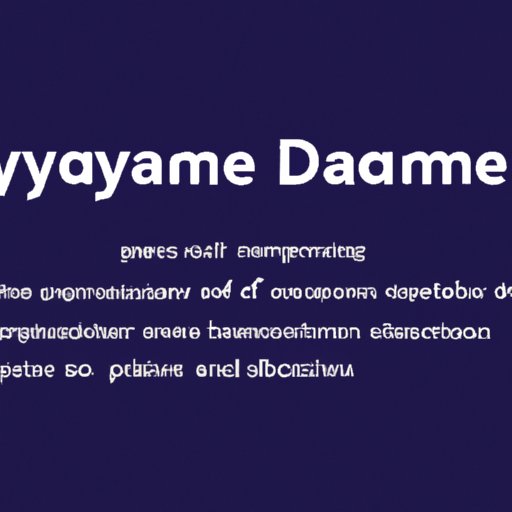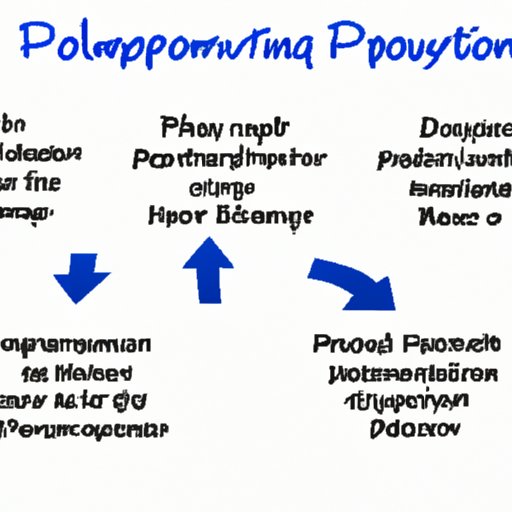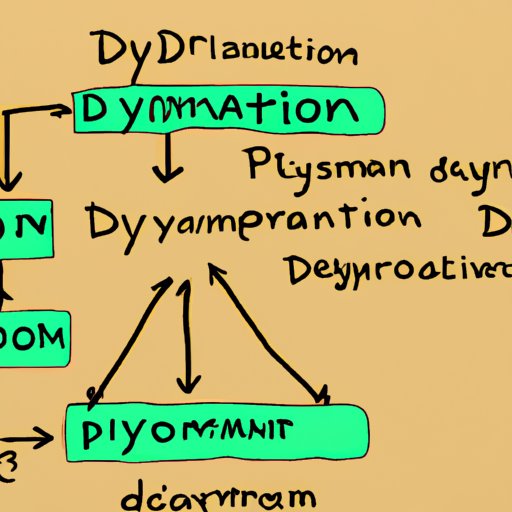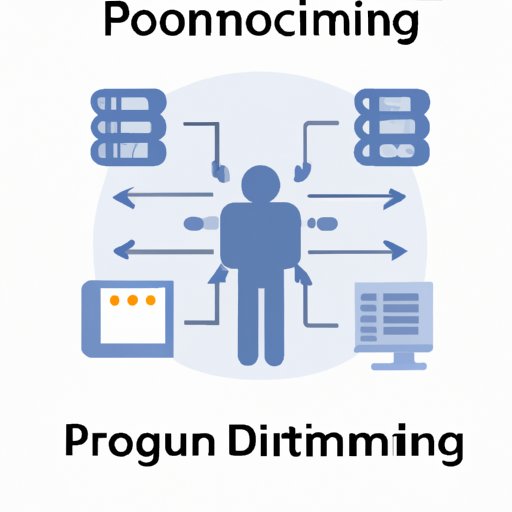
Introduction: What is Dynamic Programming and Its Basics
Dynamic Programming (DP) is an algorithmic technique for solving complex problems by breaking them down into simpler subproblems. It was developed by Richard Bellman in the 1950s and has been used extensively in the field of computer science ever since. DP is used to solve various types of problems, such as optimization, counting, and decision making problems.
Definition of Dynamic Programming
Dynamic Programming is a method of solving problems by breaking them down into smaller subproblems, solving those subproblems, and combining the results of those subproblems to arrive at a solution to the original problem. The main idea behind dynamic programming is that if a problem can be broken down into smaller subproblems, then the solutions to those subproblems can be combined to arrive at a solution to the larger problem. This approach is especially useful when dealing with problems that have overlapping subproblems, as the same subproblem may need to be solved multiple times.
Overview of Dynamic Programming Problem-Solving Techniques
Dynamic Programming techniques involve a three-step process: Identify the problem, define the subproblems, and formulate the recurrence relation. The first step is to identify the problem and determine what type of problem it is. Once this is done, the next step is to define the subproblems. This involves breaking the problem down into smaller parts that can be solved independently. Finally, the last step is to formulate the recurrence relation. This is a mathematical expression which describes how the solutions to the subproblems can be combined to arrive at a solution to the original problem.
Different Types of Problems Which Can Be Solved with Dynamic Programming
Dynamic Programming can be used to solve a variety of different types of problems. These include optimization problems, counting problems, and decision making problems. Optimization problems involve finding the best solution to a given problem. Counting problems involve determining the number of possible solutions to a given problem. Decision making problems involve determining the best course of action from a set of available choices.
Examples of Dynamic Programming Problems and Their Solutions
One of the most common problems solved by dynamic programming is the knapsack problem. This problem involves determining the maximum value that can be obtained from a collection of items given a limited capacity. Another example is the longest common subsequence problem, which involves finding the longest sequence of characters that is present in two or more strings. Finally, the optimal binary search tree problem involves finding the most efficient way to organize data so that searches can be performed quickly.

Steps Involved in Solving a Dynamic Programming Problem
The steps involved in solving a dynamic programming problem are as follows: First, identify the problem and determine what type of problem it is. Second, define the subproblems. Third, formulate the recurrence relation. Fourth, construct the table. Fifth, compute the final answer.
Demonstrating How to Implement a Solution to a Dynamic Programming Problem Using Pseudocode
In order to demonstrate how to implement a solution to a dynamic programming problem using pseudocode, we will use the following example: Given a set of coins with different values, determine the minimum number of coins required to make a certain amount of money.

Example of a Dynamic Programming Problem
Let us consider the following example: We have an array of coins with different values. The coins are 1, 5, 10, and 25 cents. We want to determine the minimum number of coins required to make a certain amount of money.
Writing the Pseudocode
The following pseudocode can be used to solve this problem:
// Input: Amount of money (A)
// Output: Minimum number of coins required to make A
// Create an array C[A+1]
C[0] = 0
For i = 1 to A
C[i] = ∞
For j = 0 to n-1
If coins[j] ≤ i
temp = C[i - coins[j]] + 1
If temp < C[i]
C[i] = temp
End For
End For
Return C[A]

Explaining the Logic of the Algorithm
The algorithm works by iterating through each coin and calculating the minimum number of coins required to make the desired amount. The algorithm keeps track of the minimum number of coins required in an array, C[A+1]. Initially, C[0] is set to 0, which means that 0 coins are required to make 0 cents. Then, for each coin, the algorithm checks if the coin is less than or equal to the desired amount. If it is, then the algorithm calculates the minimum number of coins required to make the remaining amount after subtracting the coin value from the desired amount. Finally, the algorithm returns the minimum number of coins required to make the desired amount, which is stored in C[A].
Conclusion
Dynamic Programming is a powerful tool for solving complex problems. By breaking down a problem into smaller subproblems and formulating a recurrence relation, it is possible to find an optimal solution to the problem. Different types of problems, such as optimization, counting, and decision making problems, can be solved using dynamic programming. Examples of dynamic programming problems and their solutions have been provided, along with steps involved in solving a dynamic programming problem and how to implement a solution using pseudocode. With the help of dynamic programming, complex problems can be solved efficiently and optimally.
(Note: Is this article not meeting your expectations? Do you have knowledge or insights to share? Unlock new opportunities and expand your reach by joining our authors team. Click Registration to join us and share your expertise with our readers.)
